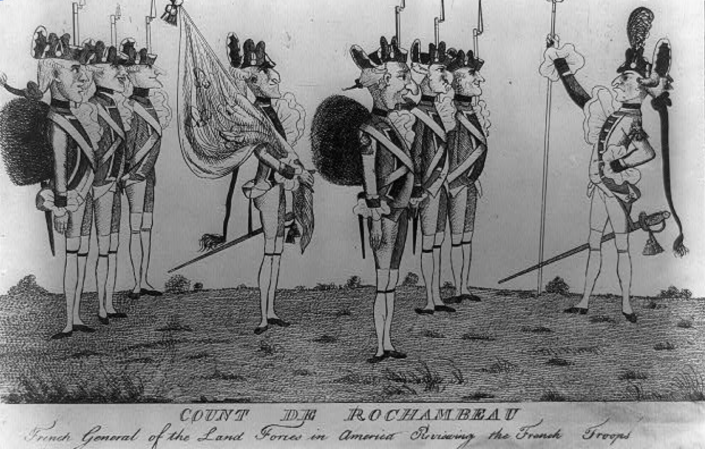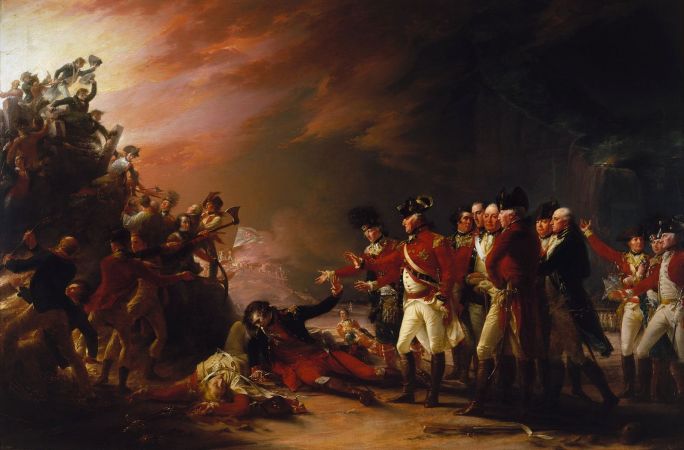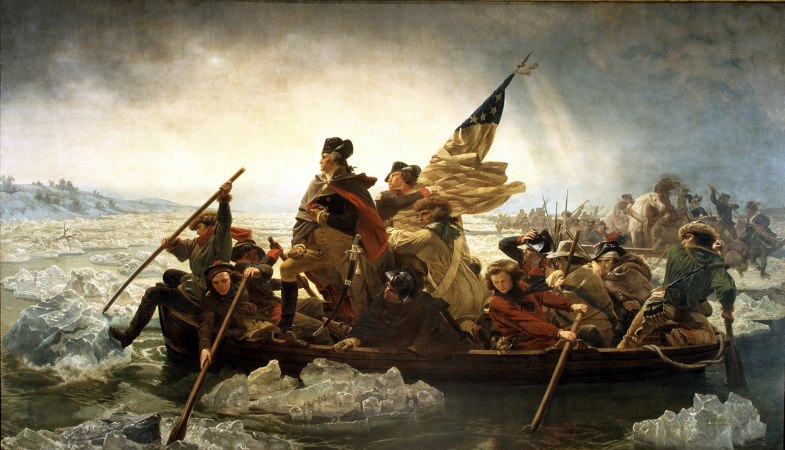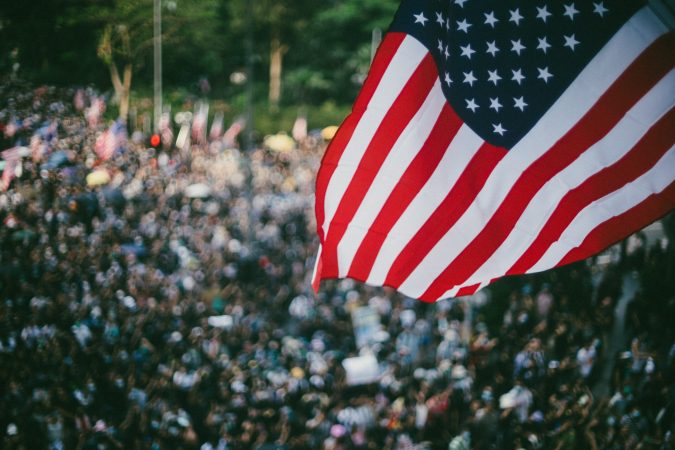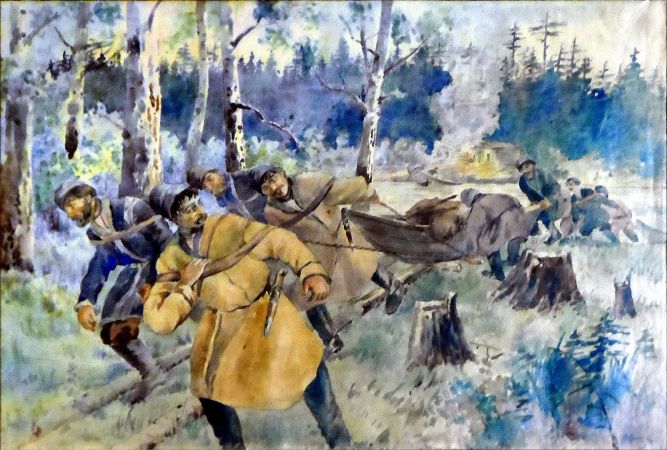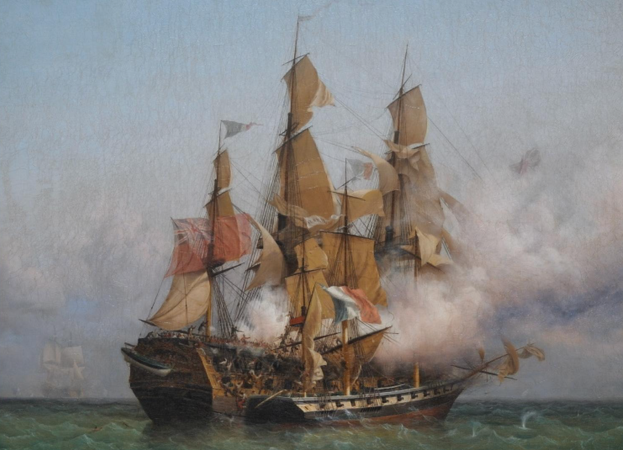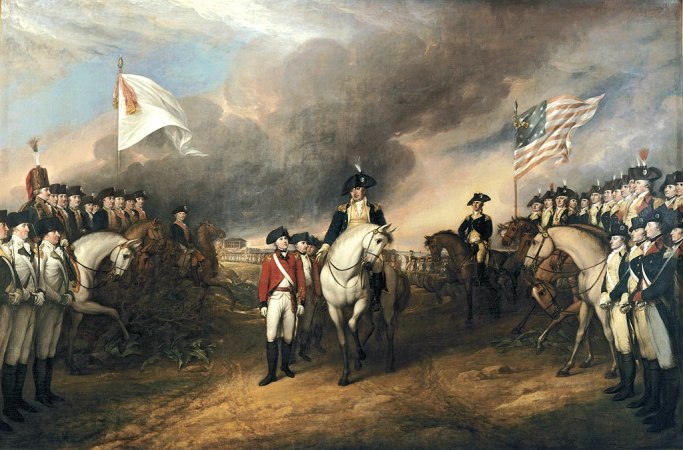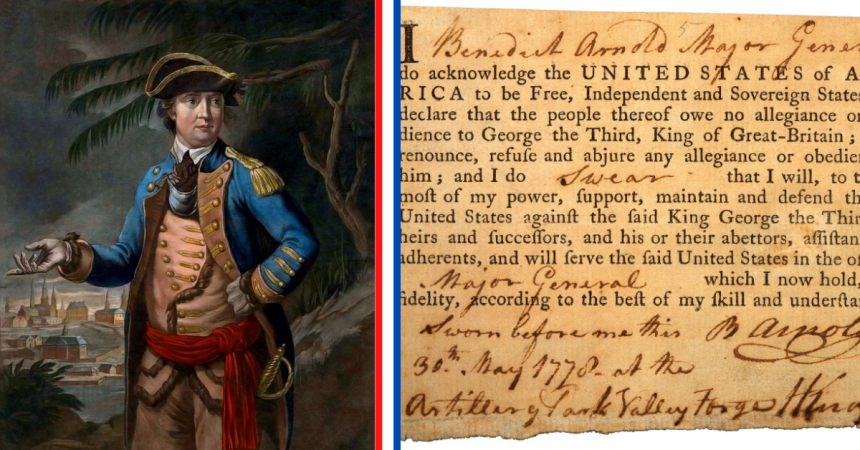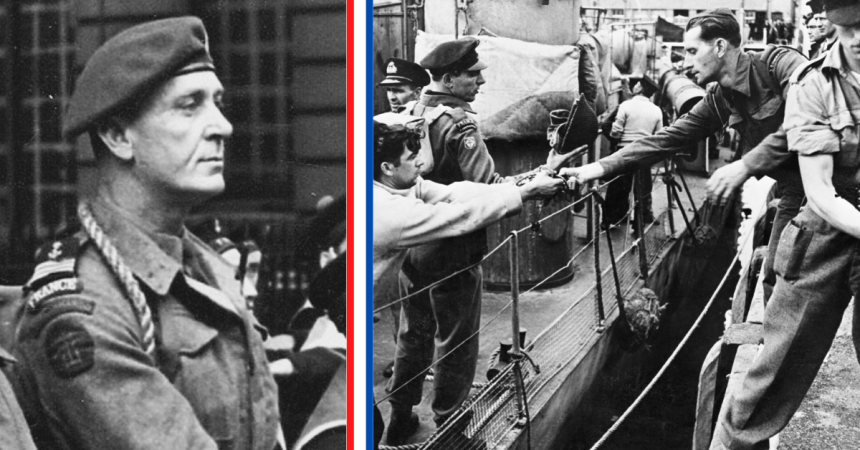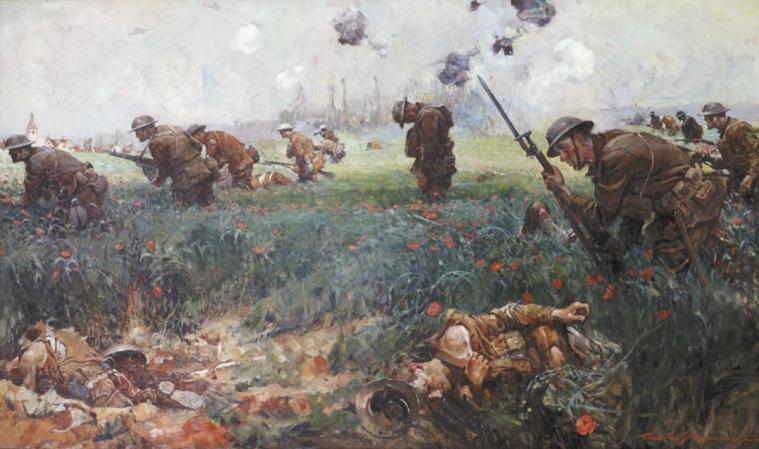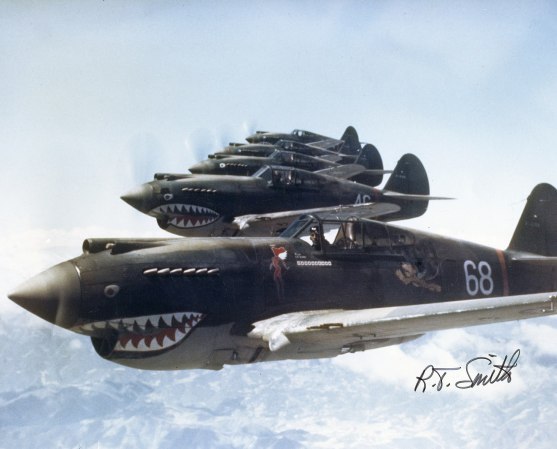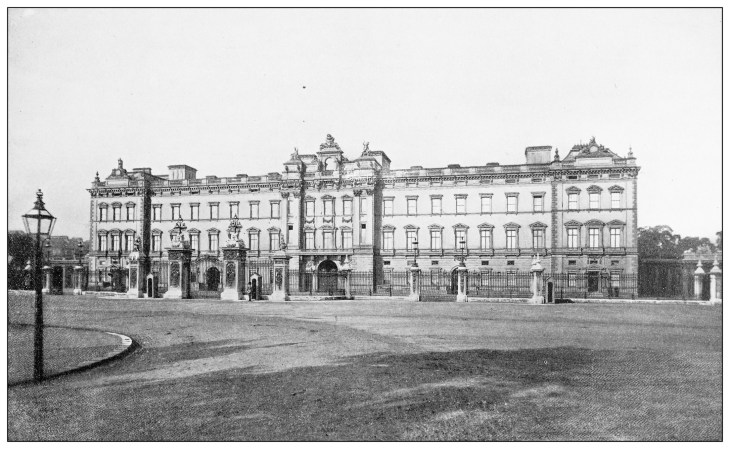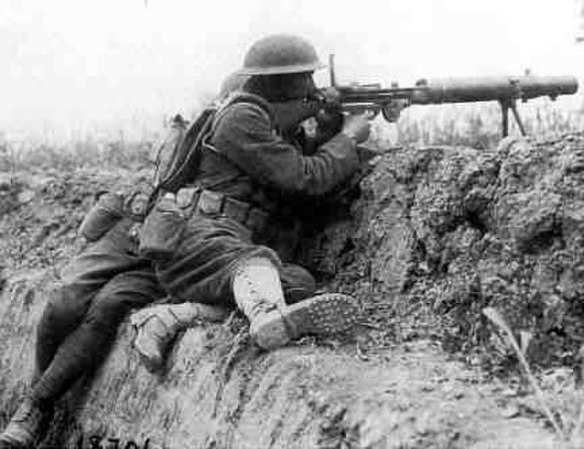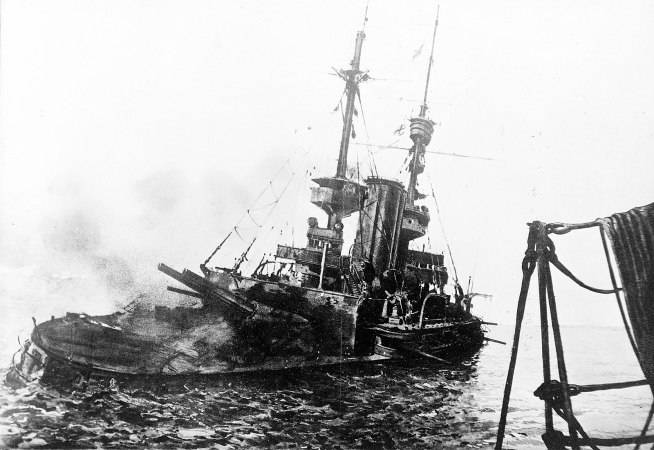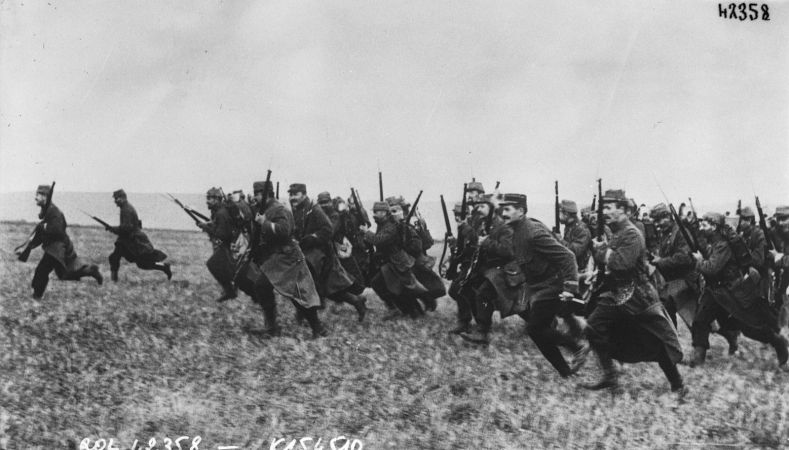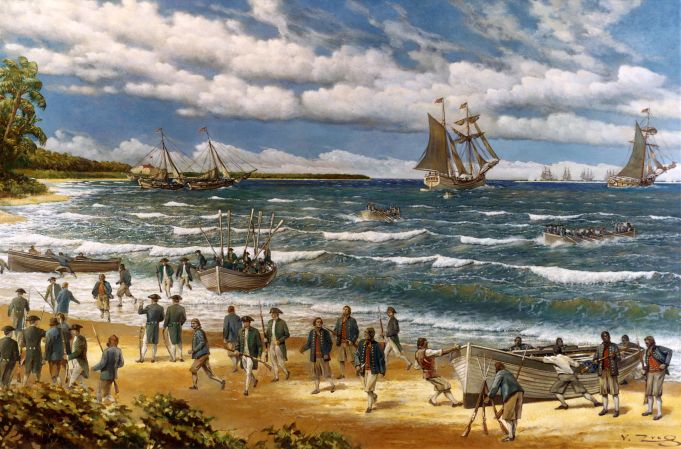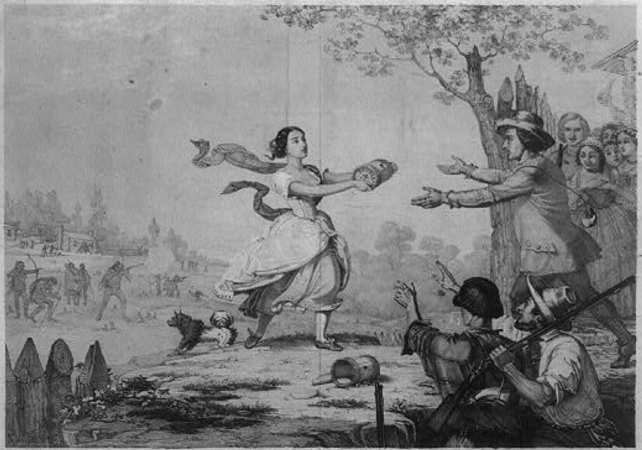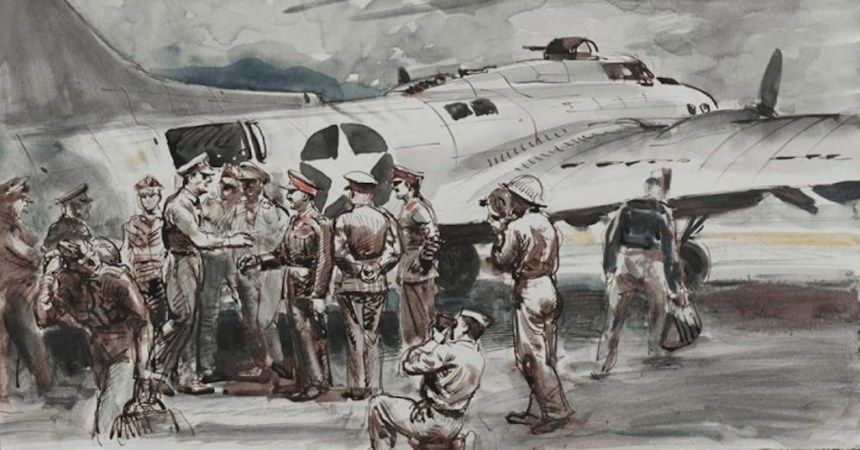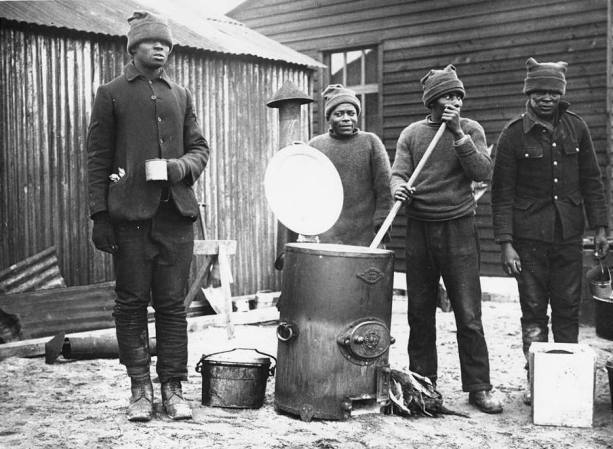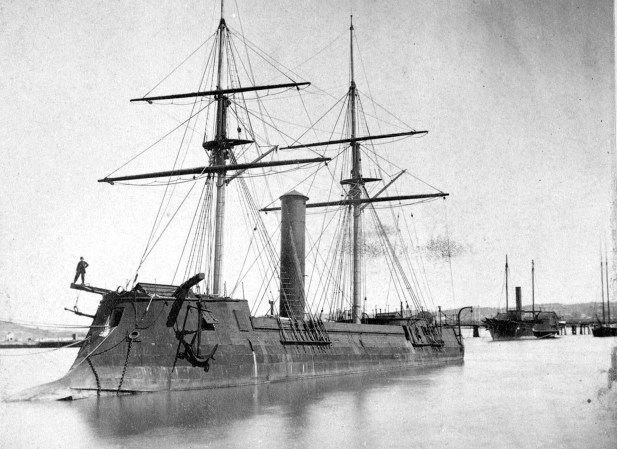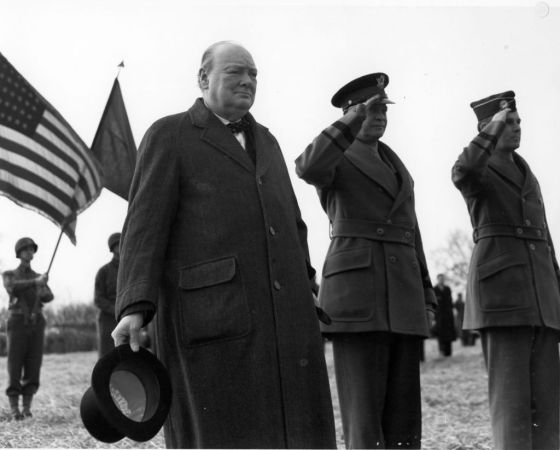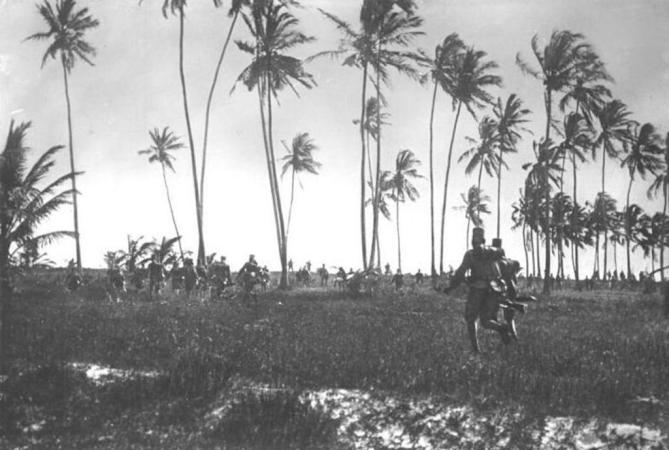The main parties of the American Revolution were, obviously, the Continental and British forces. But there were other groups fighting. Perhaps most famous were the Hessians that Gen. George Washington attacked on Christmas by crossing the Delaware River. But France sent two fleets and two armies to help the colonies rebel. And France fought Great Britain across the world to alleviate pressure on the American colonies.
In fact, France, Spain and Britain continued fighting for months after hostilities in North America ended. The surrender of British forces at Yorktown largely ended American involvement in the war on October 19, 1781. Smaller battles between some British and Indian forces continued until September 1782. But it was nine months later that Britain lost its last battle of the war at Cuddalore off the Indian Coast.
The Revolutionary World War
Historians looking at conflicts from the last hundred years have increasingly looked at how their areas of study might be part of larger conflicts, from the “Mongol World War” in the 13th Century to the “Revolutionary World War” in the 1770s and ’80s.
The case for the Revolutionary World War boils down to this: While Americans started the conflict and American historians are rightfully focused on combat in North America, the Revolutionary War was one part of decades of conflict between France, Spain, England, and more European powers.
Those European powers fought for their own reasons and on their own terms. So, while America was the focus of the fighting from 1776 to 1782, the declarations of war and larger currents of conflict spanned the world. And that leads to the frankly odd sentence: The last battle of the American Revolutionary War was a 1783 naval battle between France and Britain off the coast of India.
French and British tensions in India

French and British beefs went back a long time. Like, for instance, when they fought in 1066 in the Battle of Hastings, helping shape English and American profanity today. So, when France openly joined the American Revolution, the Brits and Francs figured they’d go ahead and fight about everything, not just America.
And that included India. The Mughul Empire, which controlled much of what is now India, became increasingly weak in the 18th century. The weakening started with internal stresses, but European powers quickly capitalized on it. France and Britain backed different, warring parties in the empire.
Britain aligned itself with the main government of the empire while France backed Bengal forces. The British-Mughal alliance defeated French-Bengal forces at the Battle of Palashi in 1757. So France, like it did everywhere else that it and Britain had beef, fought British forces in and around India. Spain and the Netherlands, while not party to fighting in North America, fought against Britain in other areas across the world, as well.
And so the British and French fleets clashed in 1783, long after fighting in North America was essentially over.
The fight for Cuddalore
The Bengals held the port city of Cuddalore on the eastern shore of India. When the French-aligned Sultan of Mysore died in 1782, Britain decided to yoink the ancient seaport. An army set siege while a British fleet with 18 ships of the line instituted a blockade. From June 7 to 25, the British forces besieged the town.
A small action on June 13 became a major fight as British forces attempted to siege a small redoubt and both sides committed about 10,000 men to the fight over it. Both sides withdrew to lick their wounds, and Britain commenced a bombardment.
France, already pretty bummed about losing its ally and used to slapping the British around during the Revolutionary War, decided to try and keep their seaport. The die was cast for the last battle of the Revolutionary War.
The French fleet arrived June 16, outmanned, outgunned, and outnumbered, but not outplanned. Admiral Pierre Andre de Suffren, French, if you couldn’t tell, arrived to find British ships in a favorable position. But he managed to maneuver his ships and draw the British away from their position and seize it himself.
(If you’re more used to land maneuvers, like the author, it may seem odd that one patch of ocean is much better than another. But there’s a “roadstead” off the port where the waters are more still, making it easier to fire naval artillery accurately. The sheltered area is small, so only one force could benefit from it at a time.)
The French forces had 1,200 soldiers onboard and set up naval gunnery crews with them, increasing the speed at which the ships could fire. The British, meanwhile, were dealing with the start of a scurvy outbreak, because no one wants to eat their limes anymore, apparently.
The last battle of the Revolutionary War
On June 20, the fleets fought one another. Frances bolstered ranks and better position put it on basically equal terms with the British. Despite a fierce afternoon of shooting cannonballs at one another, neither side took heavy losses and fought each other to basically a draw.
But Britain withdrew from the fight, allowing France too soon land forces to reinforce the land fight and use its cannons against British troops.
On land, the fight was costly for both sides. The French launched attack after attack to break out with no real success. Both sides ran short of water and other supplies. Morale got worse, as well, as fighting in India in June is reportedly uncomfortable.
And then everyone got some news that probably made the whole exchange feel pretty dumb: A British ship arrived with news that the war was over…and had been for six months. The Battle of Cuddalore ended up being the the last battle of the Revolutionary War, mostly because word of peace got to India so late.
France chalked it up as a victory since it held the port. But then the two sides basically traded ports during the peace process, anyway, and Britain ended up with Cuddalore after all.
Imagine being a French soldier who lost friends at Cuddalore, found out that the fighting took place after the war, and then the British got the port in a trade, anyway. It wouldn’t be surprising if a few Cuddalore veterans were in the front row for the execution of King Louis XVI 10 years later.



